When people typically think of mint, two types come to mind: peppermint and spearmint. There are several other lesser-known species, all with a distinct taste. Mint plants are easily crossed with one another, and several hybrids occur naturally, resulting in a range of delicious flavors, scents, and intensities.
Most commonly grown for their culinary appeal, many species are also attractive. In summer, clusters of small blooms appear in shades of lavender, white, or pink. There are also attractive variegated mints, which make eye-catching garnishes. Look for variegated pineapple mint with its cream-edged fuzzy leaves or ginger mint with deep green leaves and golden veins.
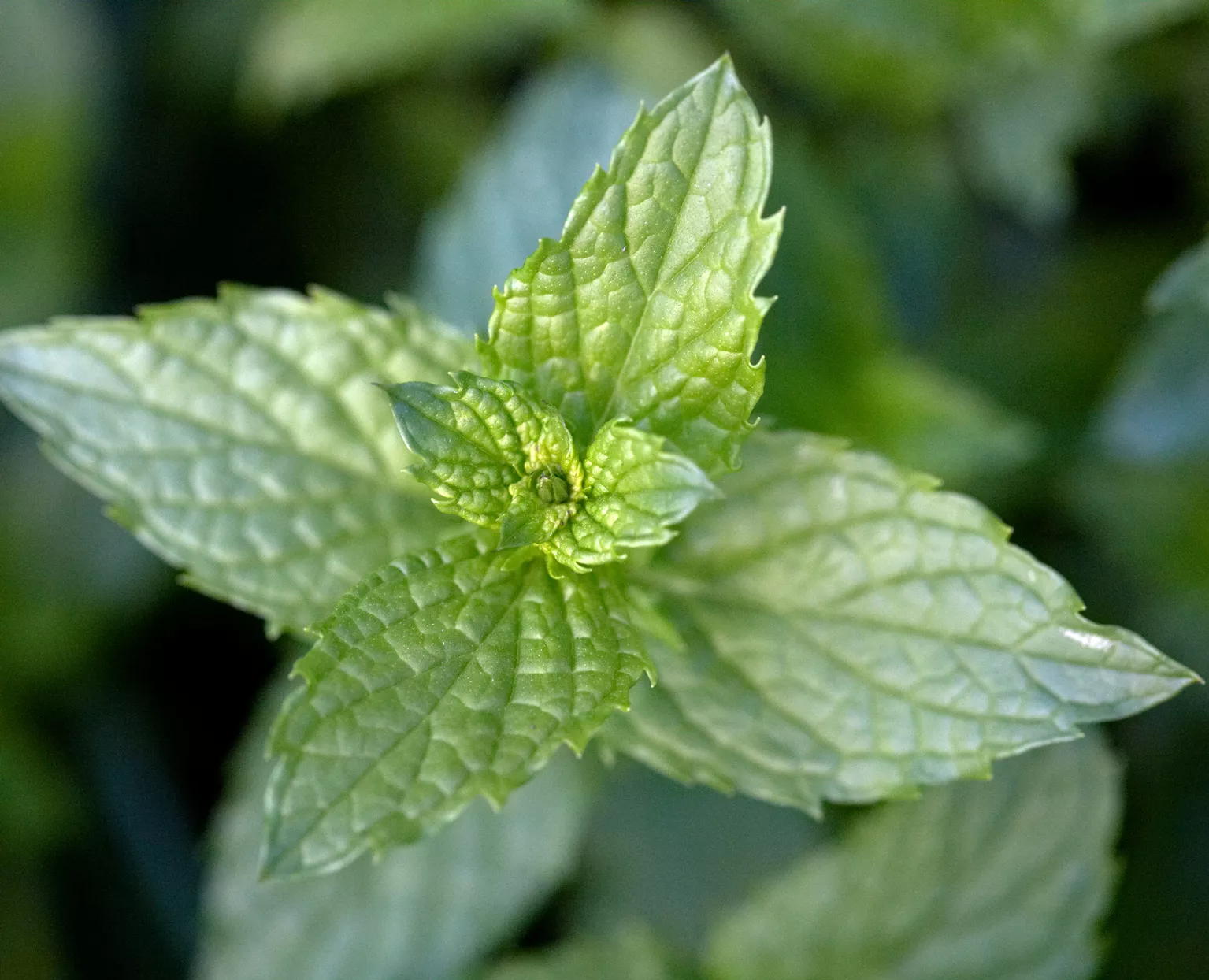
Mint Overview
| GENUS NAME | Mentha |
| COMMON NAME | Mint |
| PLANT TYPE | Herb, Perennial |
| LIGHT | Part Sun, Sun |
| HEIGHT | 1 to 4 feet |
| WIDTH | 1 to 3 feet |
| FLOWER COLOR | Pink, Purple, White |
| FOLIAGE COLOR | Blue/Green |
| SEASON FEATURES | Fall Bloom, Summer Bloom |
| SPECIAL FEATURES | Attracts Birds, Good for Containers, Low Maintenance |
| ZONES | 10, 2, 3, 4, 5, 6, 7, 8, 9 |
| PROPAGATION | Division, Seed, Stem Cuttings |
| PROBLEM SOLVERS | Deer Resistant, Groundcover, Slope/Erosion Control |
Where to Plant Mint
For the most productive plants with the strongest flavor, give mint a spot in rich soil and provide consistent moisture. Mint plants grow best in full sun as long as they are well-watered; otherwise, they tolerate part shade. If you are growing mint plants for their flowers to attract beneficial insects to the garden, plant them in full sun.
Mint grows well in containers, which is a perfect way to have a clump right near your kitchen door for quick and easy clipping for recipes.
Invasive Plant
Unless it is contained, mint spreads aggressively and competes with other plants for water and nutrients in the soil, leading to stunted growth or even death of surrounding plants. Planting mint in a container is a great way to control its aggressive habit.
How and When to Plant Mint
Plant mint in nursery containers in spring after the last frost, spacing them 18-24 inches apart. Prepare a garden bed by digging in compost to improve drainage. Dig a hole the same depth and slightly larger than the nursery container. Set the plant in the hole and backfill with the amended soil, pressing down with your hands to remove air pockets. Water the plant well.
Mint is an herb that grows well in containers, so you can keep it under control by putting it in at least a 12- to 16-inch-wide pot. If you want to add the plant to a garden bed, first sink a plain, lightweight plastic container with the bottom removed into the soil so the rim is barely above ground level. That way, the pot won’t show, but it will keep the herb under control.
You also can plant mint in a half-barrel or other large pot and leave it outdoors year-round. However, don’t keep ceramic pots outdoors during winter. They often crack during freeze-thaw cycles as temperatures fluctuate over the colder months.
Mint Care Tips
Mint is an undemanding herb that is easy to grow and care for.
Light
Plant mint in full sun or part shade. It can adapt to just about any type of soil, but it develops the best foliage in moist, well-drained soil that has been enriched with compost.
Soil and Water
Mint enjoys rich soil but grows well in most soil types. Keep the area around your mint free of weeds. Otherwise, it looks untidy, and the weeds may reduce yields and affect flavor.
Water to keep the soil slightly moist at all times—about every two or three days. Although many varieties tolerate drought, they won’t grow as well or have as good a flavor in dry times.
Temperature and Humidity
The ideal temperature for growing mint—indoors or out—is 65°F-70°F. However, the plant is typically hardy to -20°F and grows in zones 2-10.
Mint grows well in average humidity of around 40 to 50 percent. If your garden or home can’t accommodate that range, provide additional humidity by misting the plant every few days. Mint does better in high humidity than in low humidity.
Fertilizer
Mint doesn’t require much fertilizer. Fertilize in-ground mint once in the spring using a balanced, slow-release fertilizer, such as a 16-16-16 formulation.
Fertilize container-grown mint with a balanced liquid fertilizer in early spring and every six to eight weeks during the growing season.
Pruning
Frequent cutting keeps mints looking attractive. As with basil and other flowering herbs grown for their leaves, remove the flowers as they appear, and pinch back the stems to encourage shorter, bushier growth. After a hard frost withers the stems in fall, cut the plants to the ground.
Potting and Repotting Mint
Mint can be grown indoors in a pot. Plant it in a container with drainage holes and set it where it can get a generous amount of light, either natural or from a grow light, but keep the plant away from any elements that might dry it out, such as a heater or a radiator. After two years, repot the plant in a container twice the size with fresh potting soil.
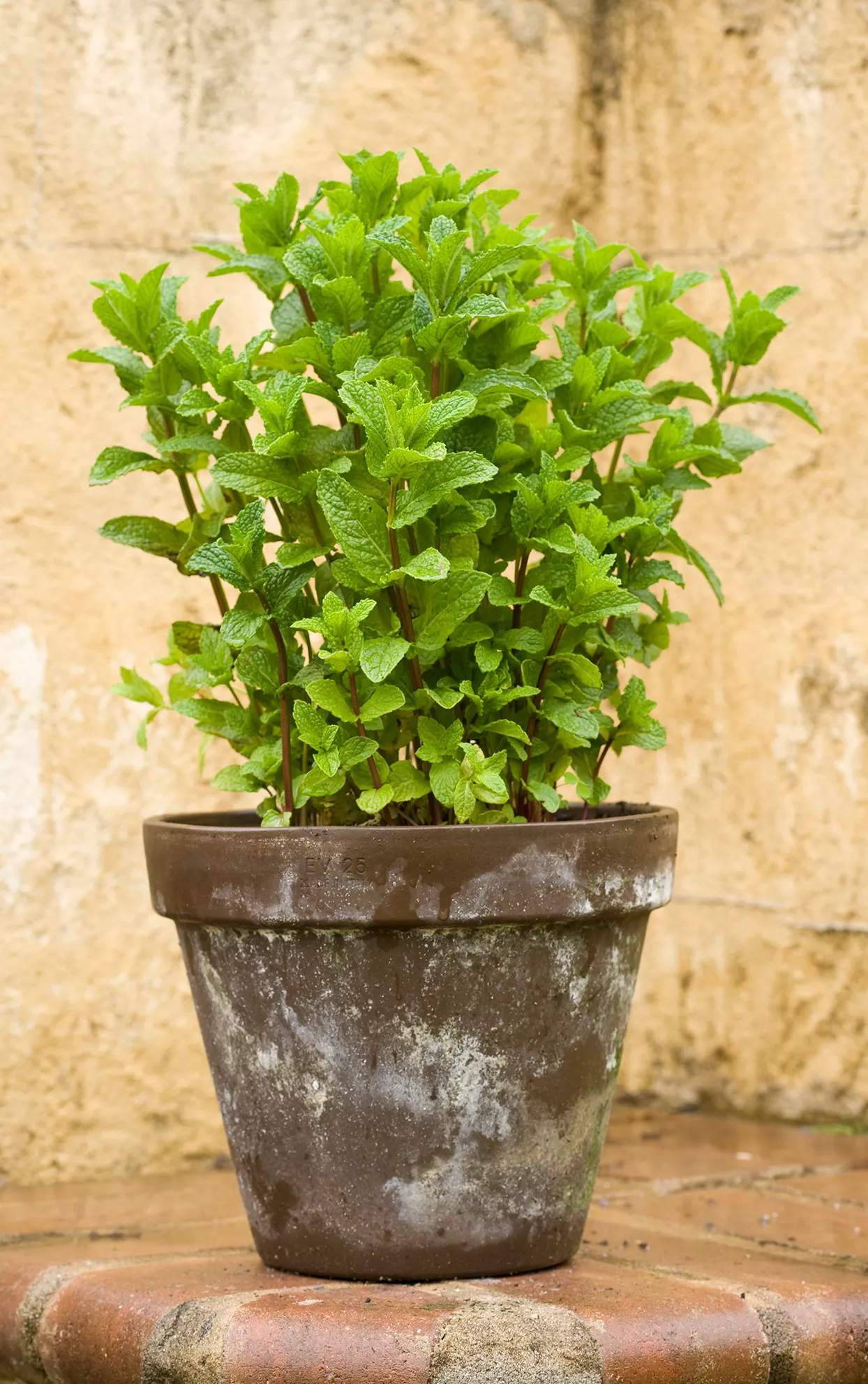
Pests and Problems
Mint can suffer from several plant diseases, such as verticillium wilt, mint rust, and anthracnose. If they strike, the best thing to do is get rid of the plants and plant new, healthy ones. Don’t place them in the same spot or the same potting soil because that increases the chances that the disease will spread again to the replacement plants.
Pests such as spider mites, flea beetles, aphids, and cutworms also can be a problem. If you intend to eat your mint, it’s best to avoid any pesticides, even natural ones. Instead, knock off insects using a strong jet of water from a garden hose, being sure to spray the undersides of the leaves, where pests like to hide.
Mint spreads quickly by underground runners known as rhizomes and can quickly take over a garden bed and out-compete nearby plants. If you want the mint in the ground, plant it in a container with the bottom removed to contain the runners.
How to Propagate Mint
Gardeners can propagate mint by stem cuttings, division, or seed.
Stem Cuttings: Fill a small pot with commercial potting soil. Make sure the pot has a drainage hole; it if doesn’t, the stem and new roots may rot. Take 3- to 5-inch stem cuttings from the tips of a mint plant’s stems. Remove the leaves from the lower half of the cuttings. Dip the stems in rooting hormone if you have it, but it isn’t essential for success; mint usually roots well without it. Make a hole in the potting soil, insert the cutting and firm the soil around it. You can put several cuttings in the pot if their leaves don’t touch. Keep the pot and cuttings in indirect sunlight until you see new growth, watering as needed to keep the soil moist but not soggy.
Divisions: Remove the mint from a pot or dig up the clump of rhizomes and roots from mint planted outdoors. Use your hands to separate the clump into two or three sections, starting from the bottom up. Use a sharp knife, if needed, to cut through the roots and rhizomes. Each section must have healthy, intact rhizomes. Don’t worry about breaking some of the roots, though. They should recover quickly. Replant the divisions imediately at the same depth the parent plant was and water them well. Divide mint every few years.
Seeds: Fill a container with commercial seed-starting mix or a sterile growing medium. The container needs a drainage hole. Soaking the seeds for a couple of hours in warm water before planting them speeds up germination. Sow the seeds thinly across the planting medium, pressing them in lightly but don’t cover them; they require light to germinate. Water them, and they will germinate in 10-15 days. Place the container in a warm place with indirect light until you see growth, watering as needed to keep the planting medium moist, not wet. When the seedlings are a couple of inches tall, thin them if needed. After the last frost in spring, the container can be moved outdoors.
The seeds can also be sown directly in a prepared bed outdoors after the last frost in spring. Do not cover the seeds and thin the seedlings as needed when they are several inches tall.
Harvesting Mint
The best time to harvest mint is in the morning before heat or sun warms the leaves, but you can break off sprigs or pull off leaves from your mint plant any time you need some for a recipe (the flavor is best before the blooms appear). Use fresh leaves immediately, or freeze them to retain their bright color.
To air-dry mint, hang the stems upside down in small bundles or spread them loosely in a small tray. When the stems and leaves are brittle, remove the leaves and flowers and store them in airtight containers.
Types of Mint
Not all mints taste the same. Try growing several varieties to compare their flavors and find your favorites.
Applemint
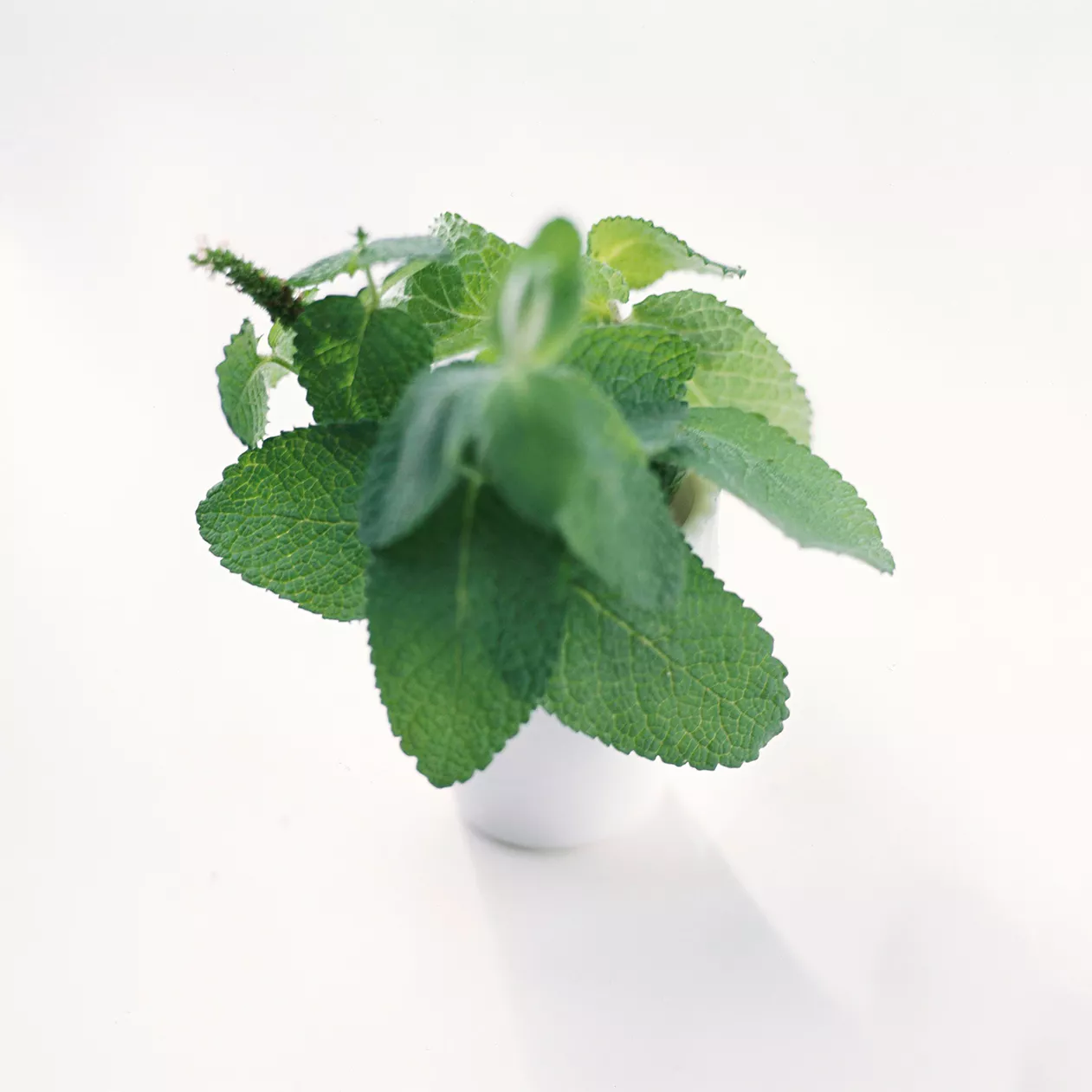
Mentha suaveolens has a delightful wintergreen flavor and fragrance. The fresh leaves can be used to make apple-mint jelly or a stomach-soothing tea. Like other mints, it can be aggressive. Applemint grows 3 feet tall and can spread several feet wide. Zones 5-9
‘Chocolate’ Mint
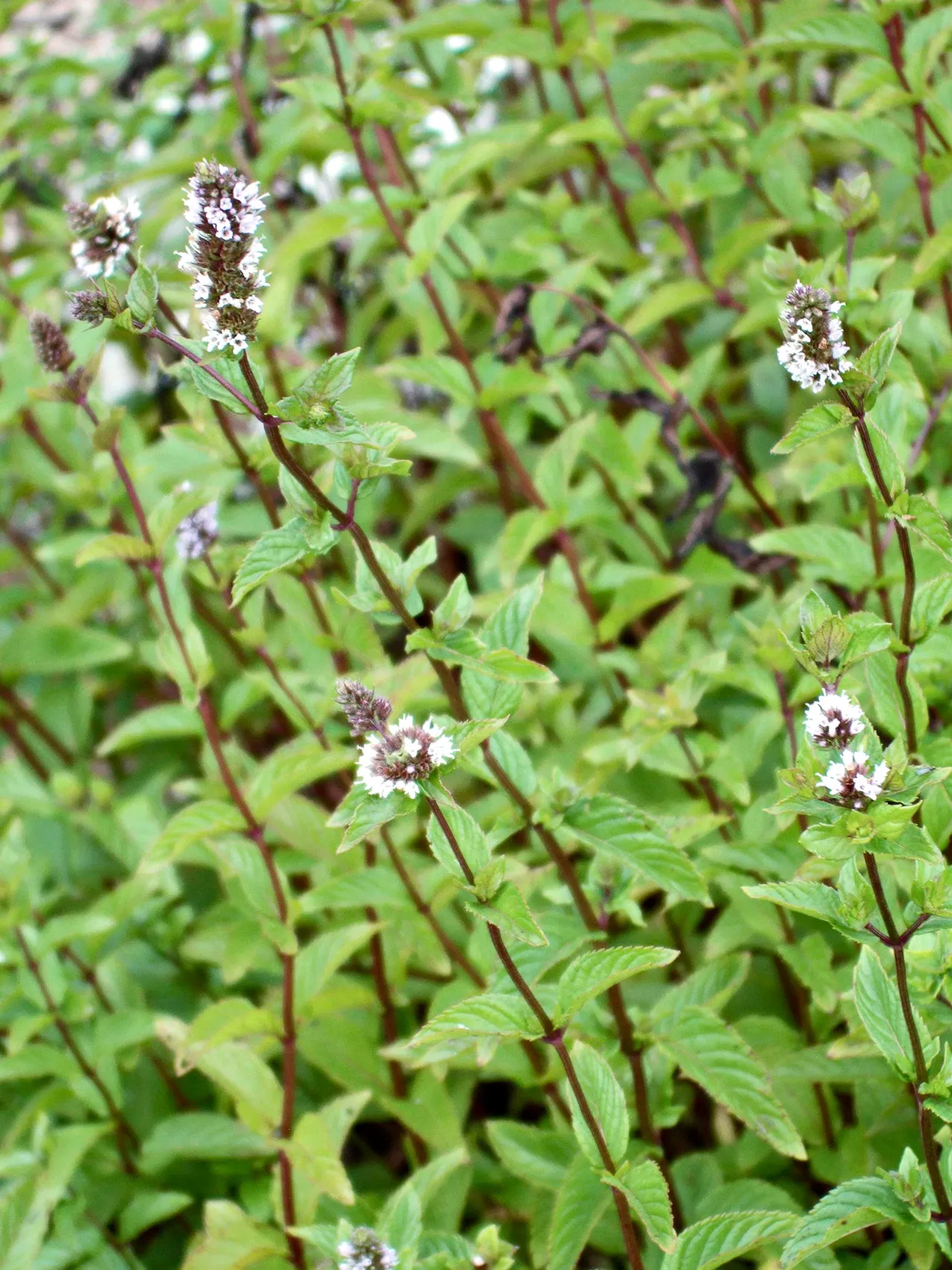
Mentha piperita ‘Chocolate’ is a fast-spreading mint selection with dark green leaves, purple-tinted stems, and a light chocolate-mint fragrance. It grows 3 feet tall and can spread indefinitely. Zones 4-9
Ginger Mint
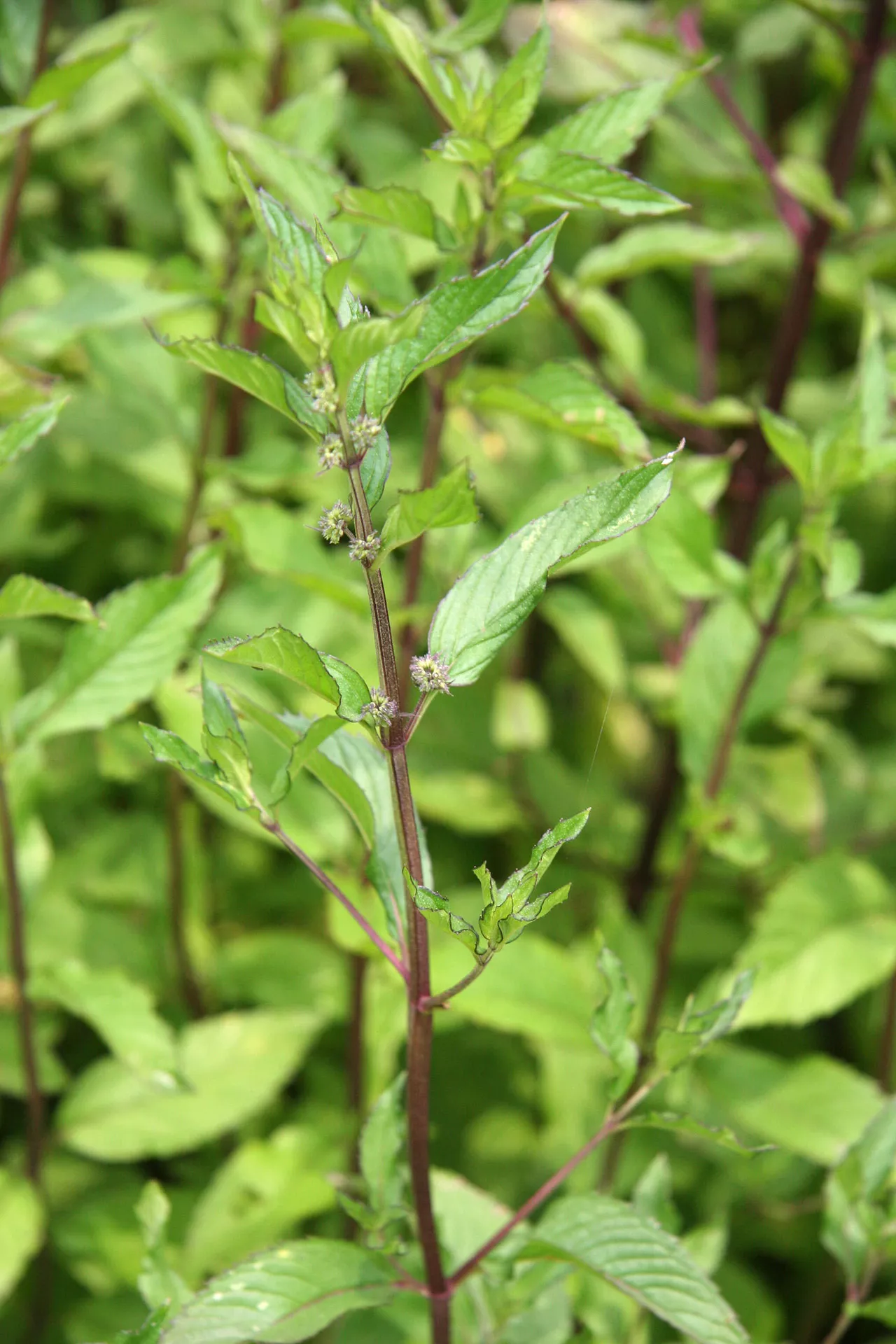
Mentha x gracilis, often referred to as ginger mint, is a lovely mint that has bright green foliage with yellow veins. It has a gingery scent atop the common mint fragrance. Zones 5-9
‘Julep’ Spearmint
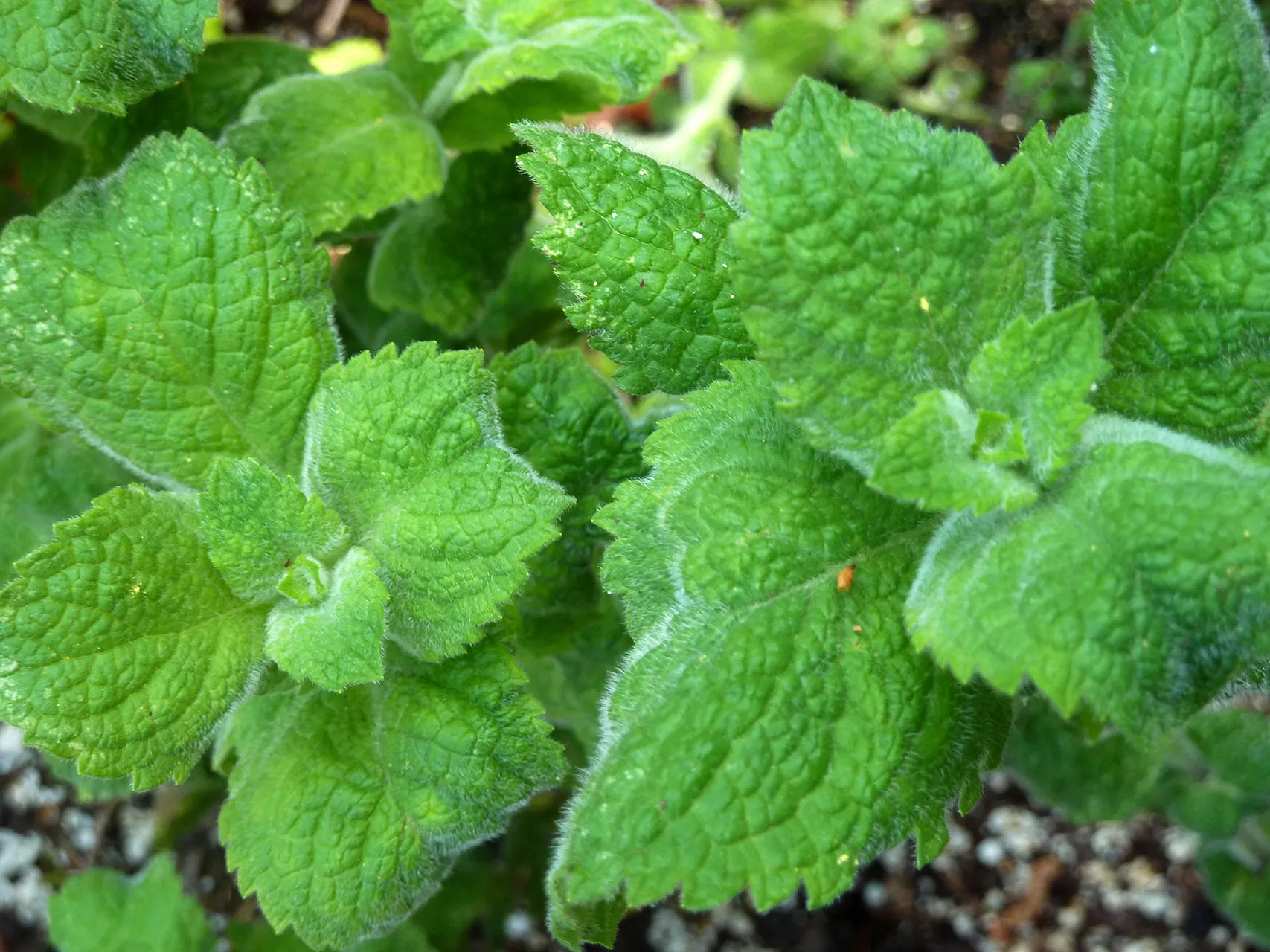
Mentha spicata ‘Julep’ is a selection of spearmint that grows 18-24 inches tall and 14-18 inches wide. In summer, it bears ivory to white flowers. Zones 4-11
‘Hillary’s Sweet Lemon’ Mint
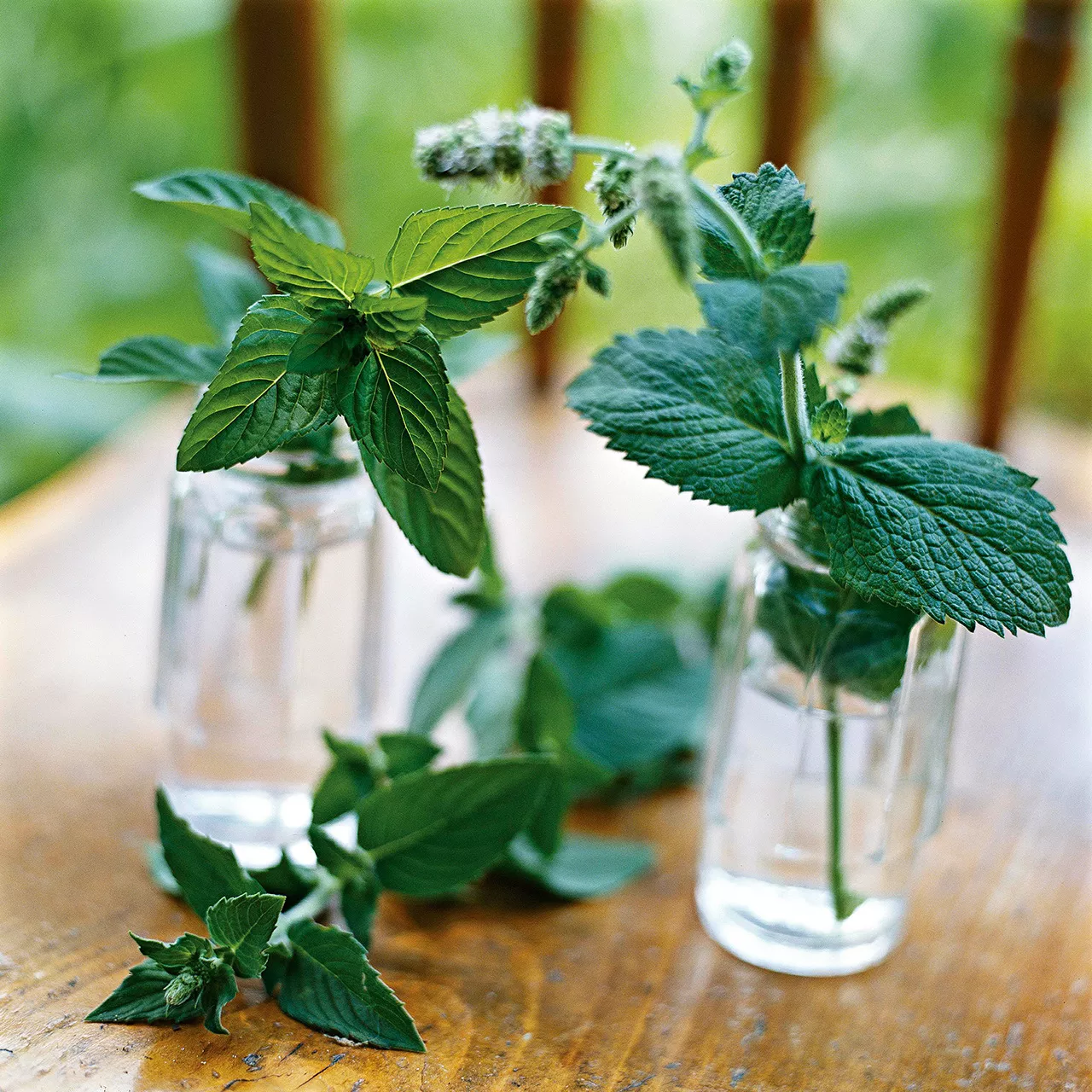
Mentha dulcia citreus ‘Hillary’s Sweet Lemon’ was developed from a cross of apple mint and lime mint, affording a fruity, citrusy aroma to the plant. It was named for former First Lady Hillary Clinton. The plant produces gray-green foliage, which grows to 18 inches tall, and, like most mints, it can spread aggressively. Zones 4-9
‘Himalayan Silver’ Spearmint
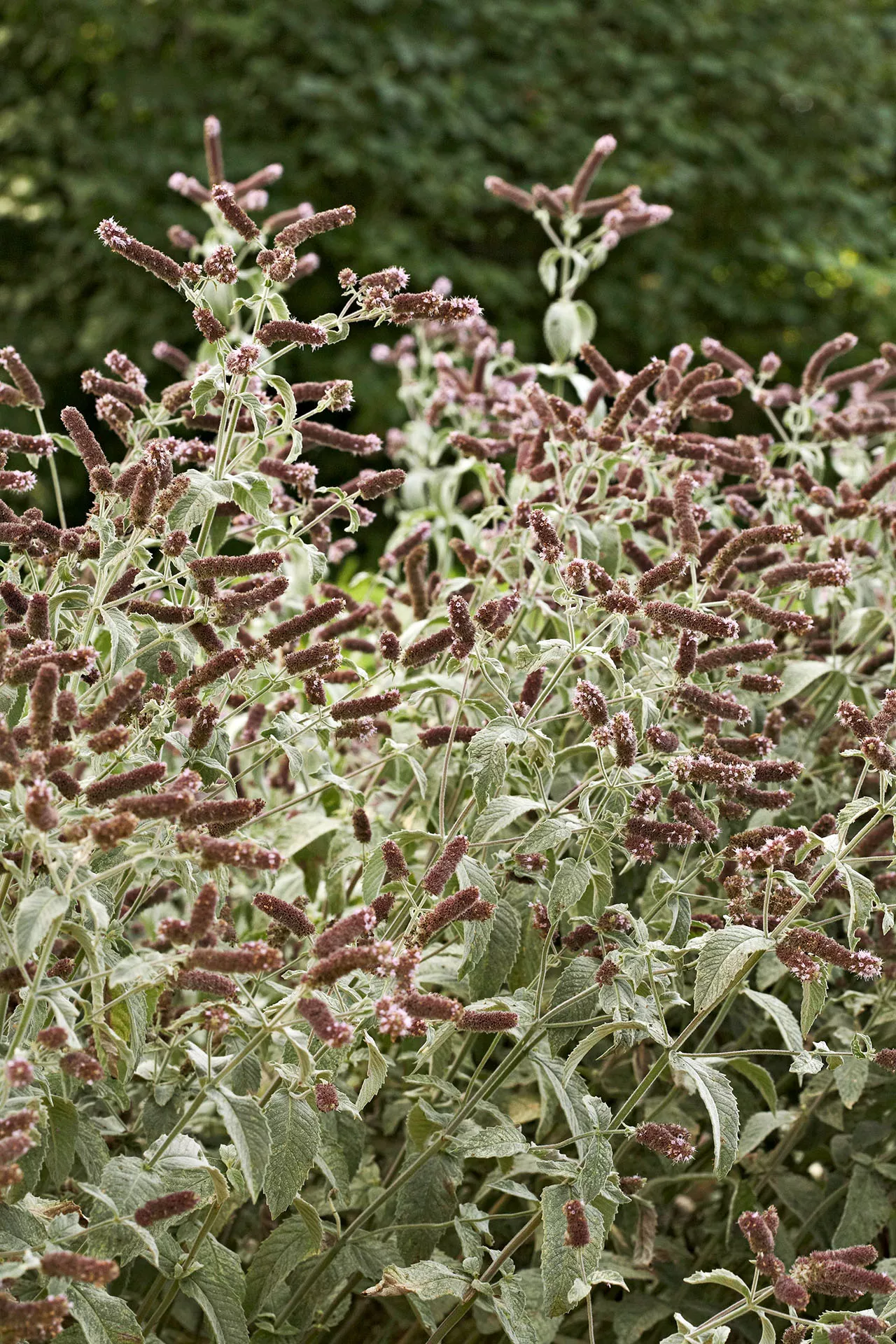
Mentha spicata ‘Himalayan Silver’ has silvery, elongated leaves on plants that grow 18-24 inches tall and wide. In summer, the plant produces an abundance of pinkish flowers, which dry well. Zones 4-10
‘Kentucky Colonel’ Mint
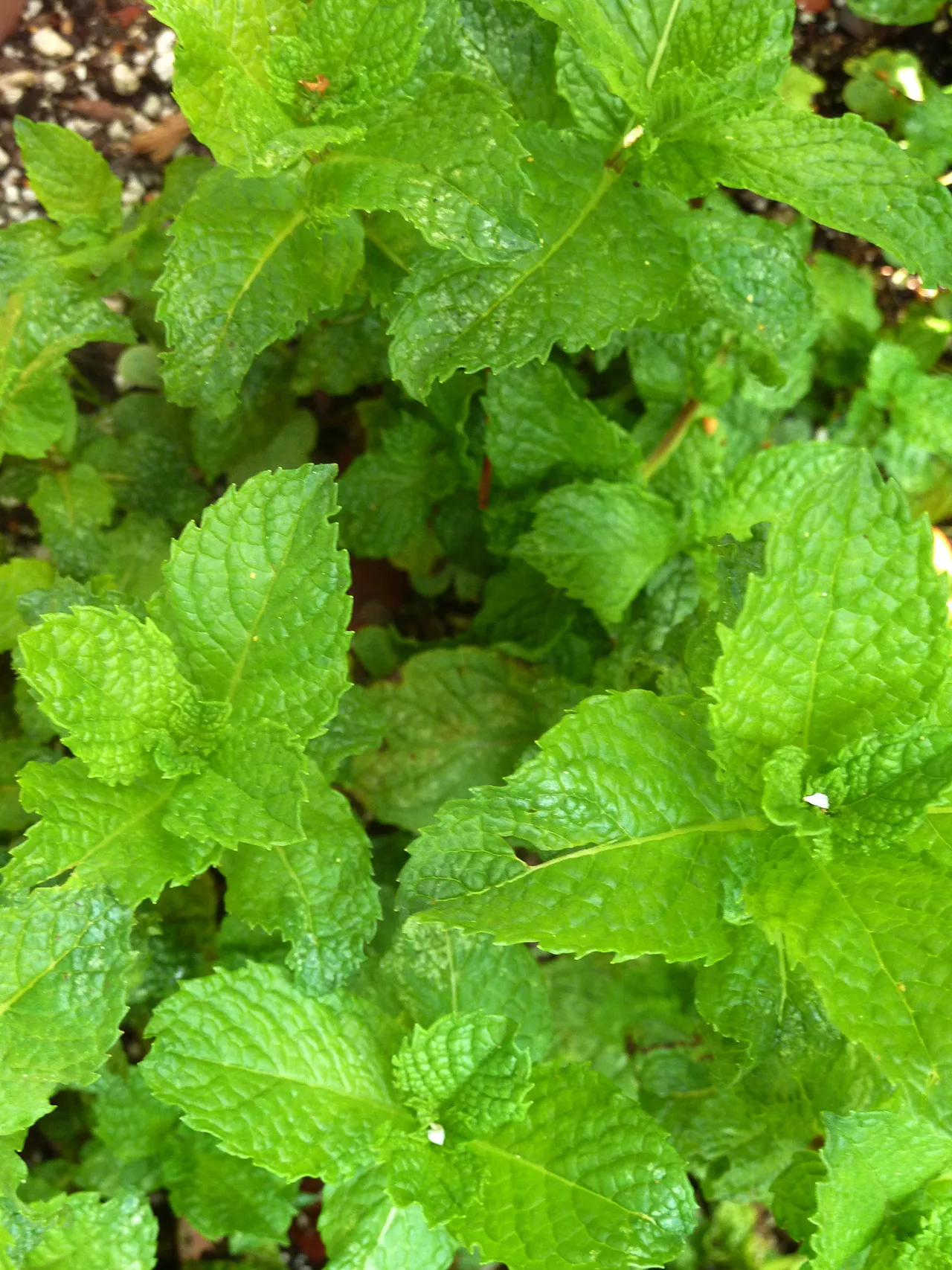
This Mentha spicata selection is a spearmint with excellent minty-green foliage, often used to flavor mint juleps and mojitos. The plant bears white, pink, or lavender blooms in summer and grows 2-3 feet tall. Zones 4-9
‘Mojito’ Spearmint

Mentha spicata ‘Mojito’ has a flavor suitable for the Cuban drink by the same name; however, it is different from the true mojito mint, which is a hybrid between spearmint and apple mint. ‘Mojito’ grows 2-3 feet tall and spreads at least as wide. Zones 4-11
Water Mint
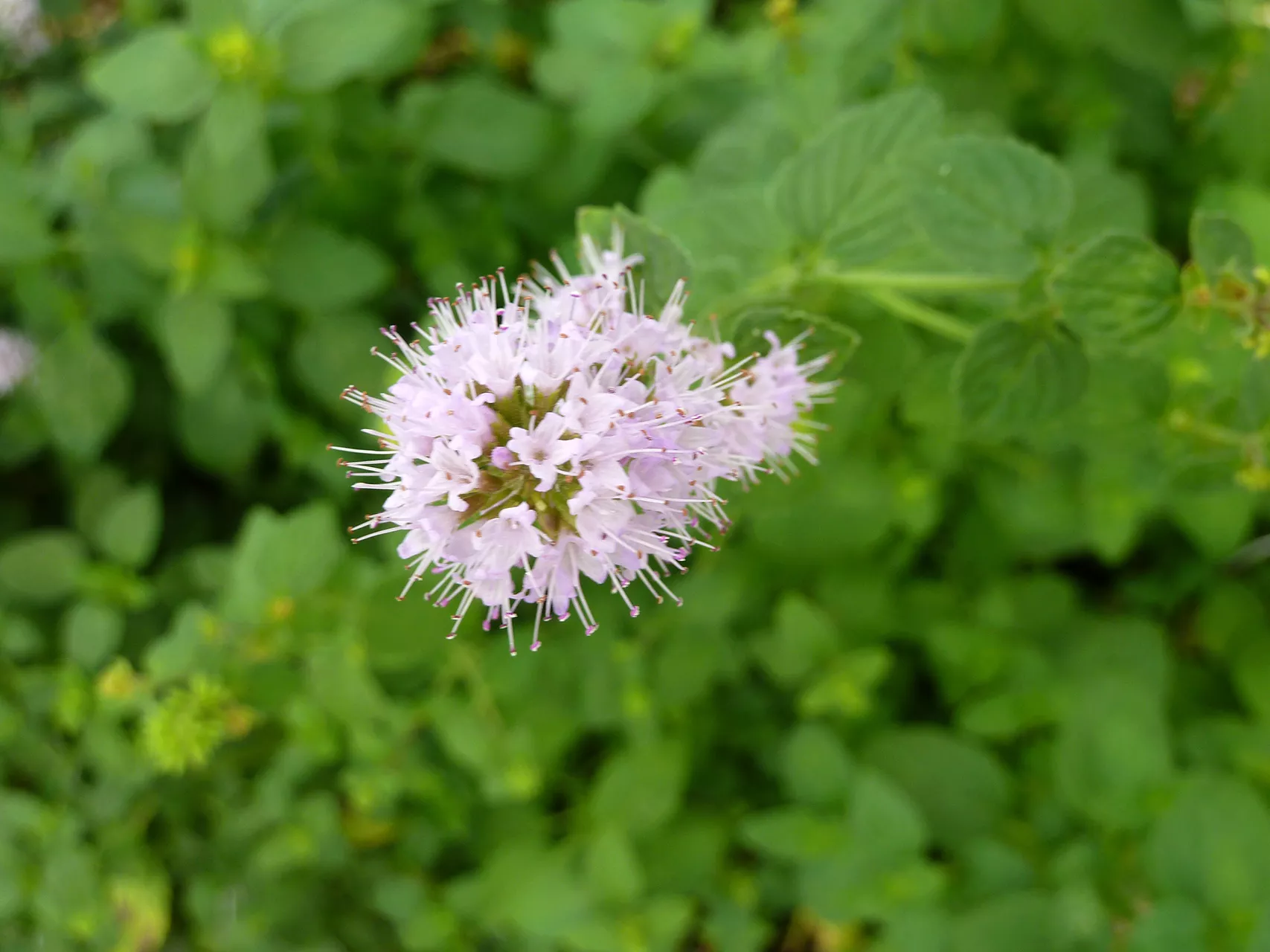
Mentha aquatica, as its name suggests, grows in standing water up to 3 inches deep. It also can grow in moist garden soil. In summer, water mint bears lavender-purple flowers. The plant grows 2-3 feet tall and spreads unless contained. Zones 5-11
Variegated Pineapple Mint
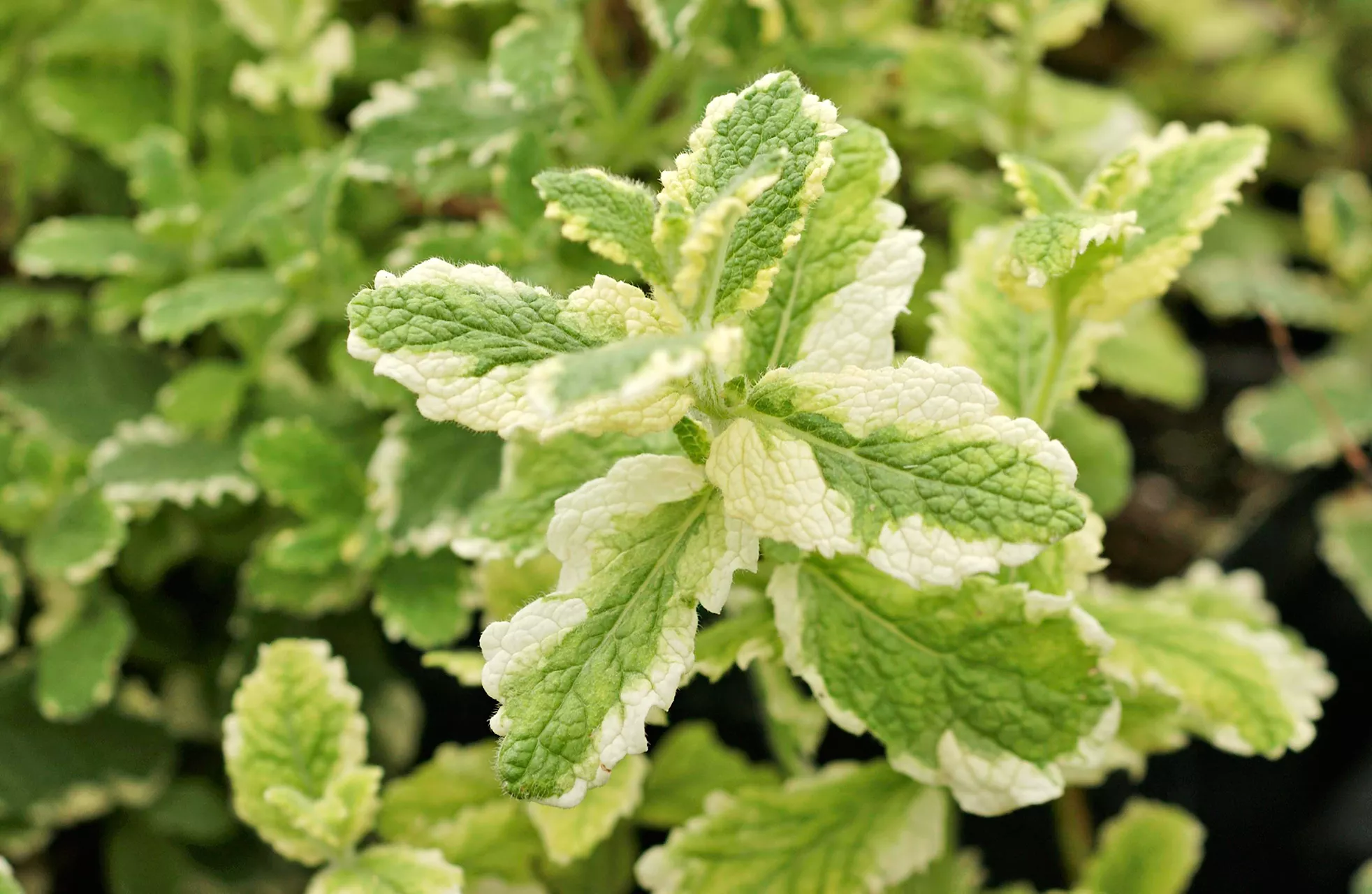
Mentha suaveolens ‘Variegata’ brightens corners of the garden with its white-edge leaves. This mint has a fruity flavor. It grows 3 feet tall and several feet wide. Zones 5-9
Spearmint

Mentha spicata offers a mild flavor that gives the plant versatility in the kitchen. Spearmint can withstand higher soil moisture; tuck it beneath a downspout for a happy mint patch. Zones 4-9
Peppermint
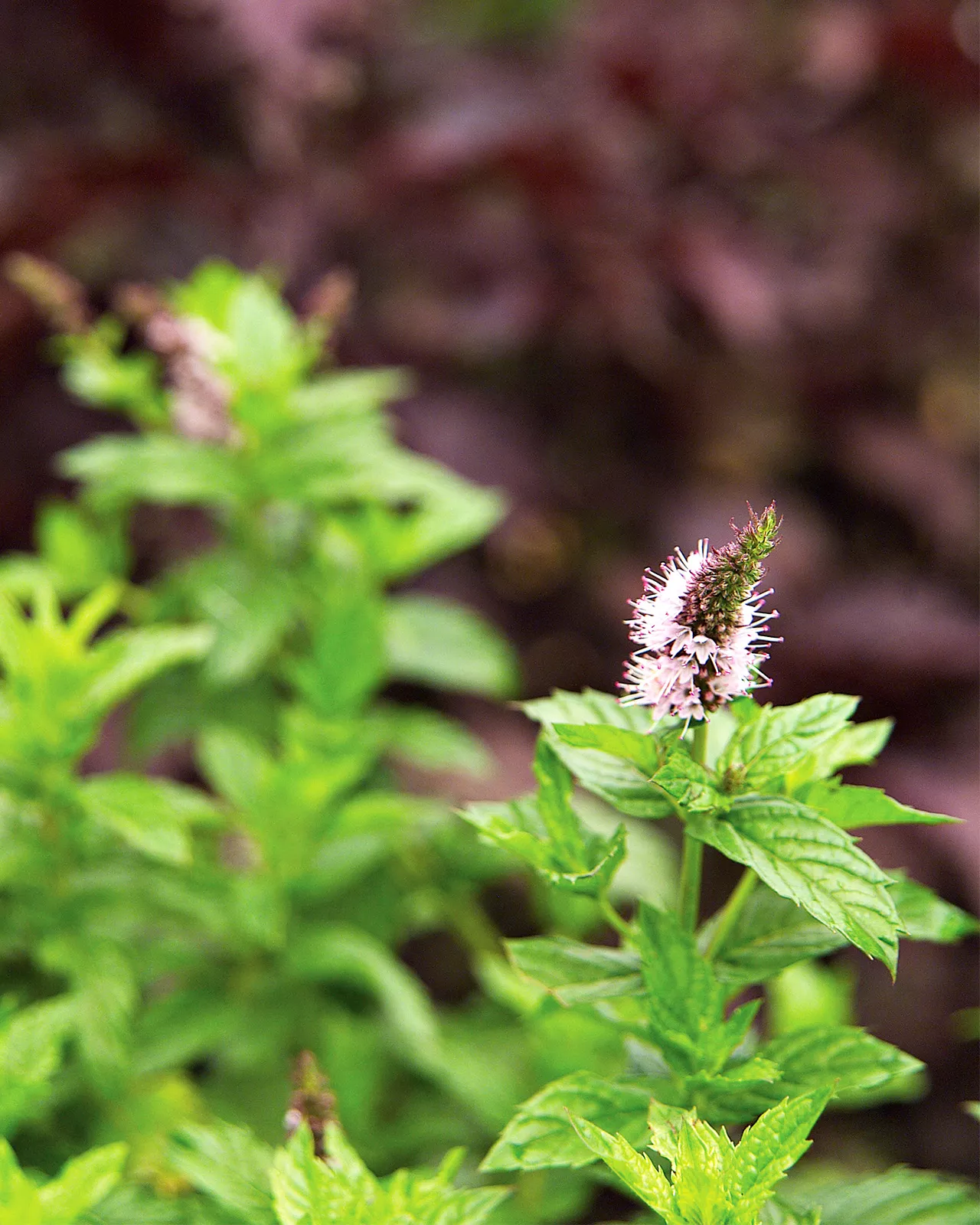
This selection of Mentha x piperita packs the strongest mint flavor. It grows 12-30 inches tall and 18 inches wide. Zones 3-8
‘Todd’s Mitcham’ Peppermint
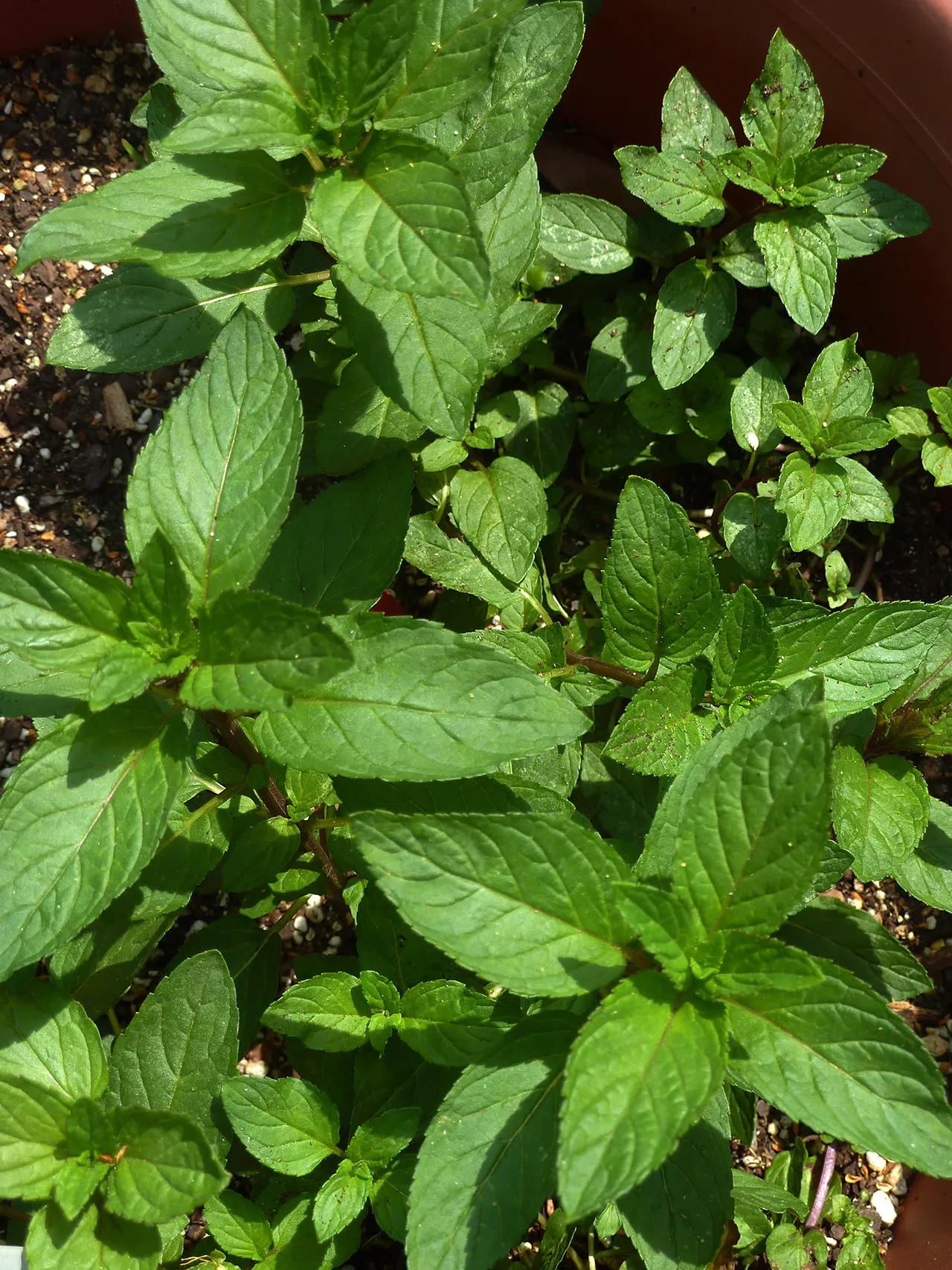
Mentha × piperita ‘Todd’s Mitcham’ is a variety of peppermint that is widely grown commercially for peppermint oil extraction. It has high essential oil content and is resistant to verticillium wilt. Zones 4-9
Longleaf Mint
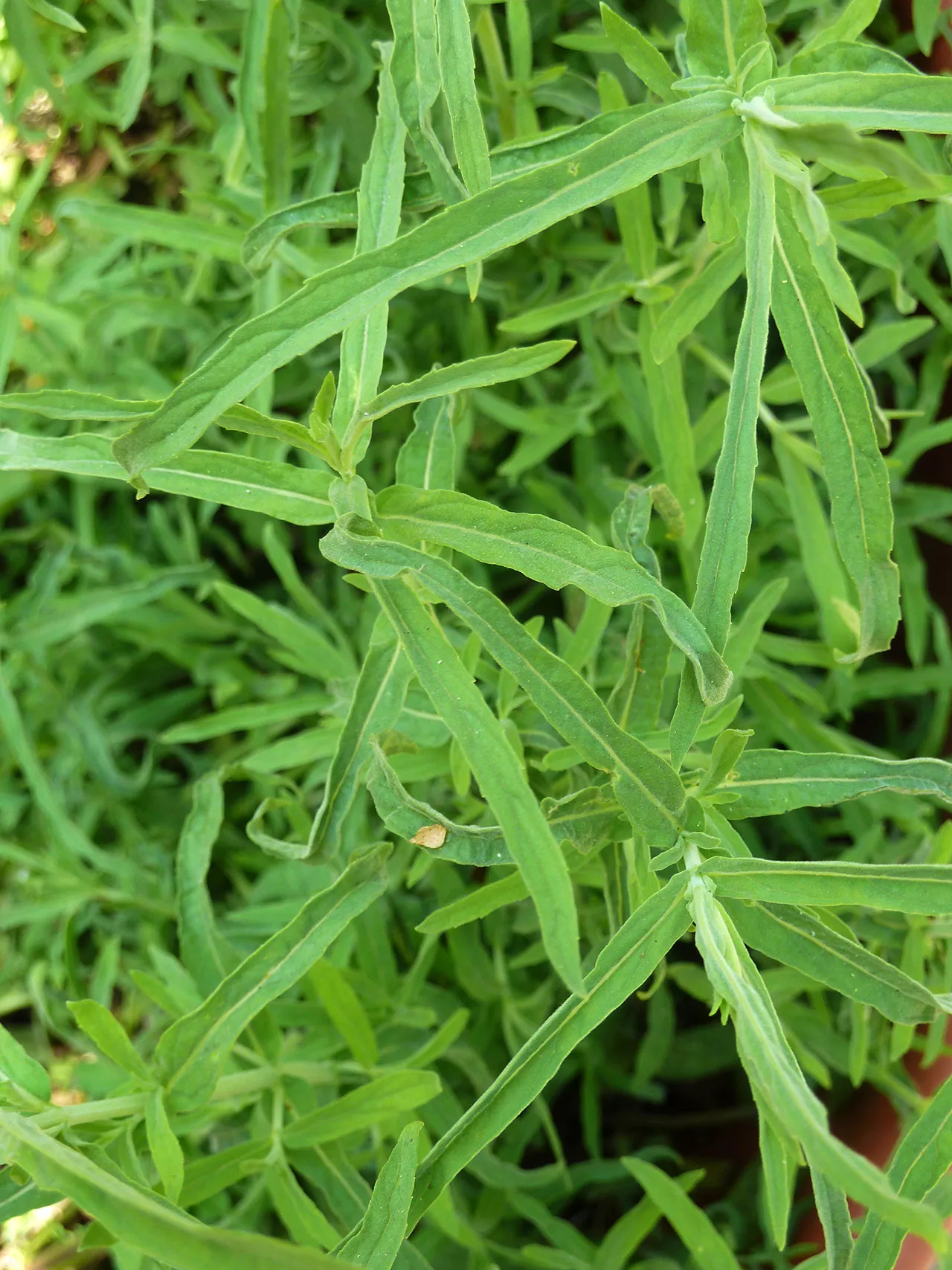
Mentha longifolia is a type of water mint native to the Mediterranean, but it also has naturalized in much of the eastern United States. It has numerous common names, including horsemint, Habek mint, brook mint, and buddleia mint. With its elongated gray foliage on a plant growing up to 4 feet tall, it resembles butterfly bush (Buddleia spp.). Zones 5-11
Wild Mint
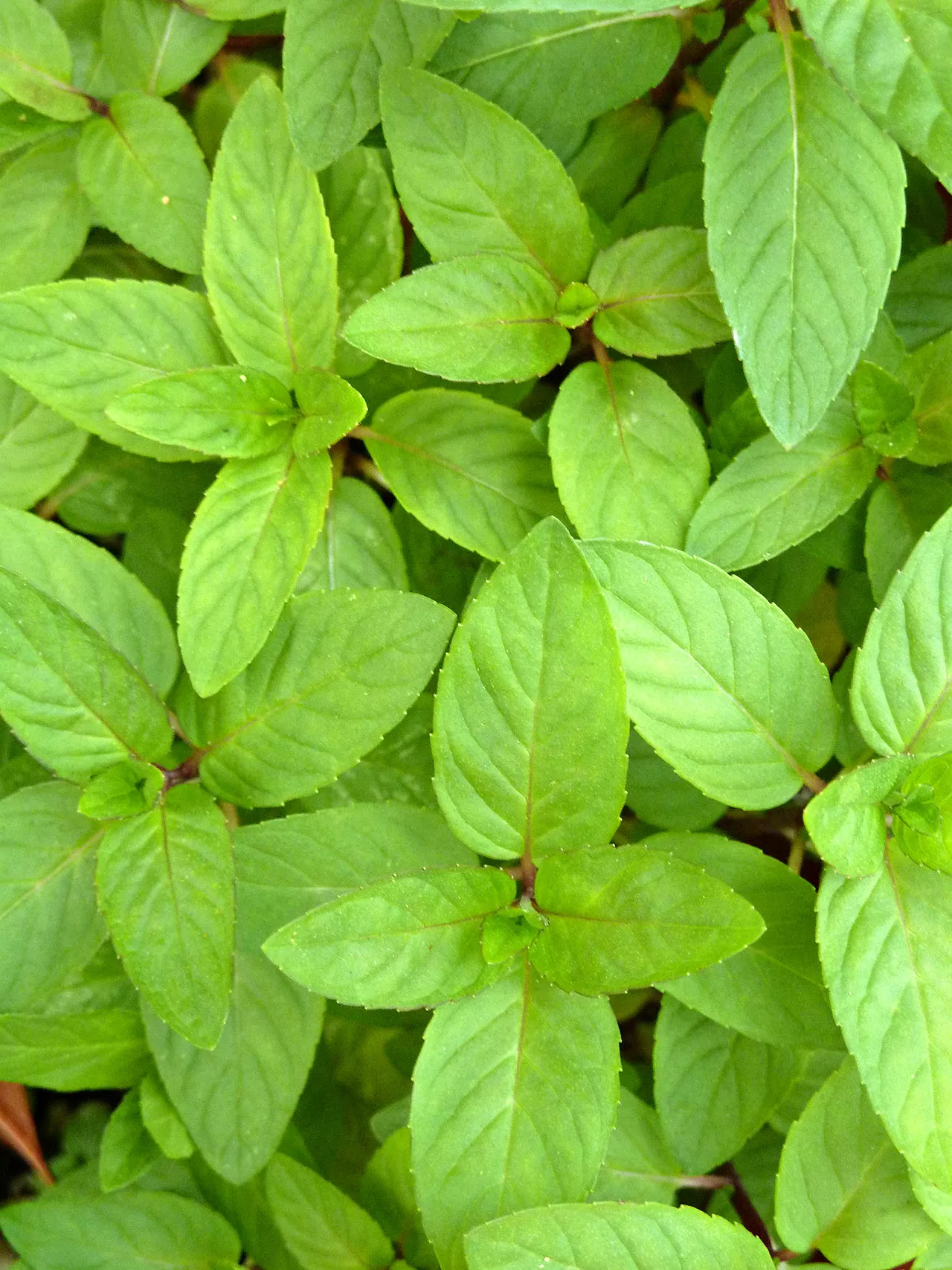
Mentha arvensis, also known as field mint or corn mint, is native throughout most of North America. It bears whorls of white, pale lavender, or pale pink flowers from mid to late summer. You are most likely to find plants through native plant society plant sales. Like most mints, it can spread aggressively. Zones 2-10





